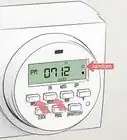wikiHow is a “wiki,” similar to Wikipedia, which means that many of our articles are co-written by multiple authors. To create this article, 11 people, some anonymous, worked to edit and improve it over time.
This article has been viewed 168,792 times.
Learn more...
When beginning a construction project, it is important to take great care in properly setting up the foundation. The success of the project, whether it is a large house or small tool shed, relies heavily on the care and effort that has been put into the site preparation and layout. While the techniques described in this article can be employed to some extent on any scale project, they are tailored to the small to mid-scale home project. This is a basic guidance to a do-it-yourself builder.
Steps
-
1Determine width and length of foundation dimensions.
-
2Measure out one side. Place stakes at each end, oriented as desired. It is important that the stakes lie along the same edge, namely, corners 1 & 2 as shown in Figure 1, not corners 1 & 4. Bang in the stakes using hammer or equivalent tool.Advertisement
-
3Use the Pythagorean Theorem to determine where to place the last two stakes. For a 90° triangle, a^2 + b^2 = c^2 when c is the hypotenuse. Figure 1 shows how this relates to laying out the foundation. Find the distance A using A=sqrt(w^2+l^2).[1]
-
4Cut or mark off a piece of string to length A. Lay it out starting at one of the first two corners staked out, more or less along the diagonal line shown in the figure above.
-
5Measure the length. From the original corner staked out that is not in contact with the string, measure out the length (or width) perpendicular to the side previously laid out. Hammer in the third stake at the point where the end of the string meets the measured out distance of this side. Note: The point of this step is to ensure that the foundation is square, so adjustment of the angle at which the string and/or side are laid out may be required.
-
6Repeat steps 4 & 5. Start at the original stake not already used to anchor the string.
-
7Smooth the area. Use the metal rake (and shovel if necessary) to roughly smooth out and level the entire area within the boundaries of the foundation. This step is just to ready the area to be leveled precisely, so don’t spend too much time trying to “eyeball” it.[2]
-
8Lay the 2x4 (60 cm x 1.2 meters) along the length of one edge of the foundation. Do this as shown in Figure 2, making sure that no gaps are visible between the ground and the bottom of the 2x4. Note: If the board is shorter than the edge being leveled, place one end of the board at a corner to leave a gap beyond only one end of the board. Do not attempt to center the board.
-
9Place the level on top of the 2x4. If the board is level and gap free, skip step 10.
-
10Dig out the higher edge underneath the 2x4. Keep the base smooth under the length of the 2x4 so that no gaps form. Do this until the 2x4 is level. If the board is as long as the side being leveled, skip steps 11 & 12.
-
11Slide the board along its length. Cover the gap left along the edge being leveled. Leave at least 2-3 feet (60cm - 91 cm) of overlap between ground leveled in step 10 and the 2x4.
-
12Repeat steps 9 & 10. Bring the unleveled ground to the same elevation as the area already completed. If there is still a gap of unleveled ground, repeat steps 11 & 12.
-
13Level the ground. Use the rake to level the ground in front of the board.
-
14Bring the board forward. Bring it 1-3 feet (30.5 cm - 91 cm) as shown in Figure 3, and repeat steps 9-12. Do this all the way to the other side of the foundation. In the area between board placements, use the rake to smooth out the ground, and bring it to the elevation of the area leveled underneath the boards.
-
15Repeat steps 8-14 in the perpendicular direction. This means starting along either of the two edges that haven’t been leveled along their lengths. This should be easier than the first pass, as the foundation has already been leveled in one direction.
-
16Check that the foundation has been leveled properly. To do this, lay the 2x4 diagonally across the center of the foundation, with each end pointing at opposite corners (the same orientation as the string in the beginning of this process). By placing the level on top, you should be able to confirm that the whole section is level.
Things You'll Need
- Metal rake
- Measuring tape
- Mallet, hammer or large rock
- Shovel
- String
- 4 wooden stakes (or any object that can be stabbed into the ground)
- Straight 2X4 (60 cm x 1.2 meters) (preferably the length of the shorter foundation dimension)
- Level
- Spray paint-you can make outline your foundation for straighter edges and also mark spots in the foundation that are too high or too low
References
- ↑ https://www.carpentry-pro-framer.com/pythagorean-theorem.html
- ↑ https://www.constructionprotips.com/jobsite-tips/prep-crack-free-concrete/
- ↑ https://www.youtube.com/watch?v=xK4Y5knX8Yw
- https://www.newhomesource.com/guide/articles/solid-foundation
- https://theconstructor.org/building/setting-out-foundation/5986/
- https://www.thisoldhouse.com/ideas/ground-foundations

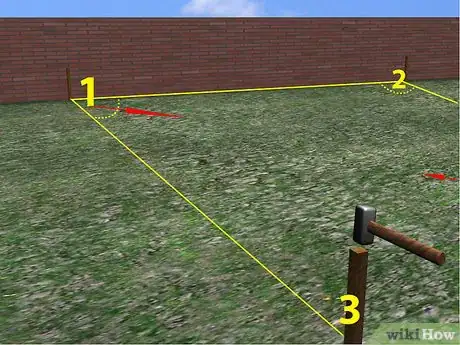


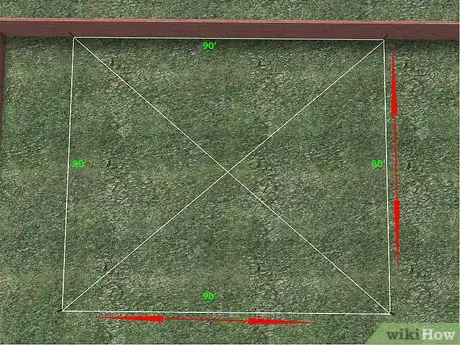

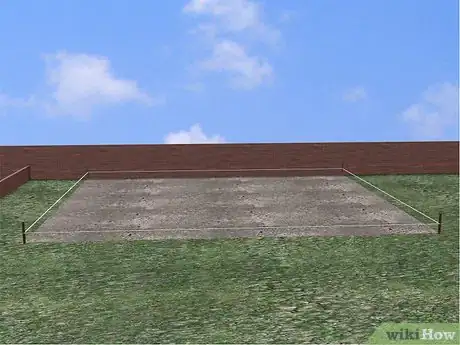

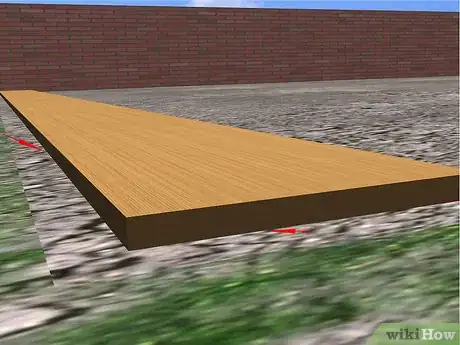


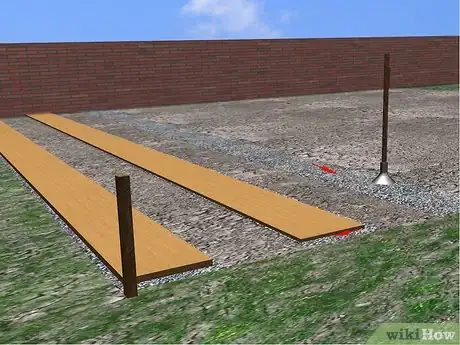
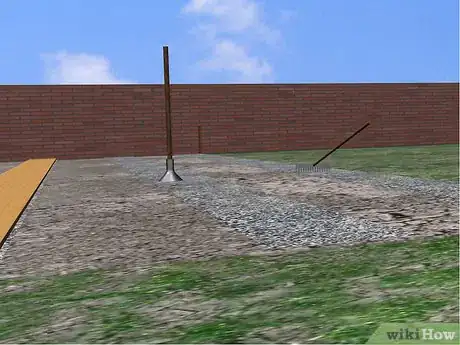
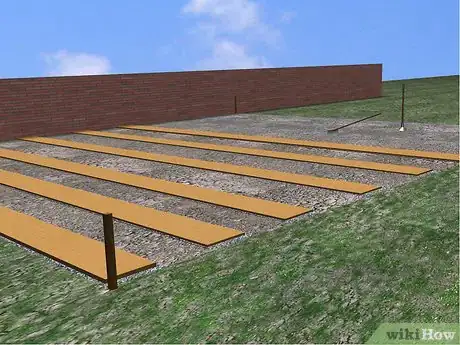
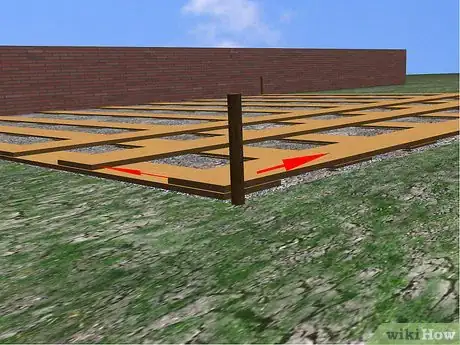
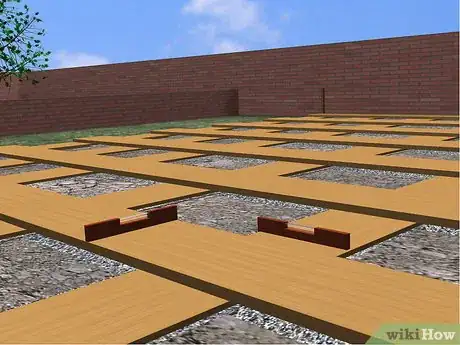
-Step-18.webp)
-Step-19-Version-2.webp)
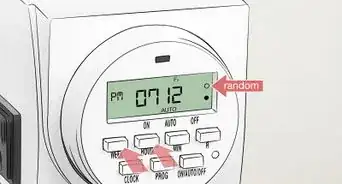


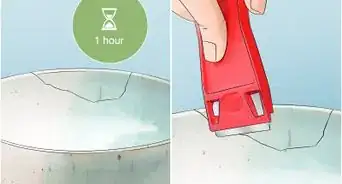

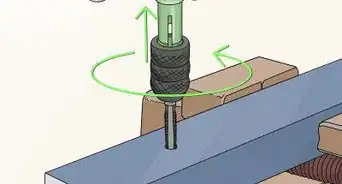
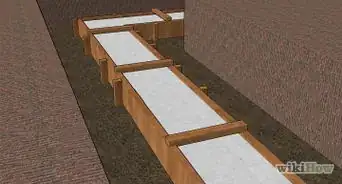
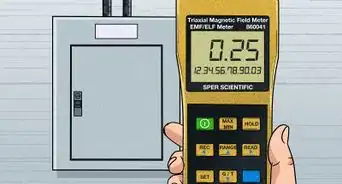

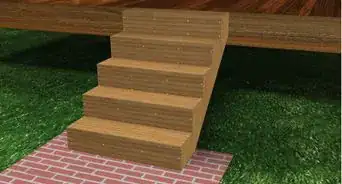







-Step-18.webp)
-Step-19-Version-2.webp)
